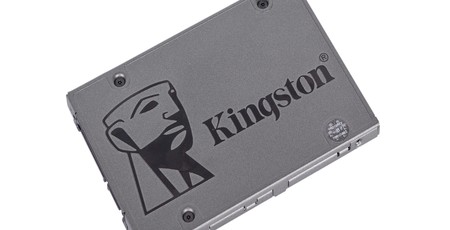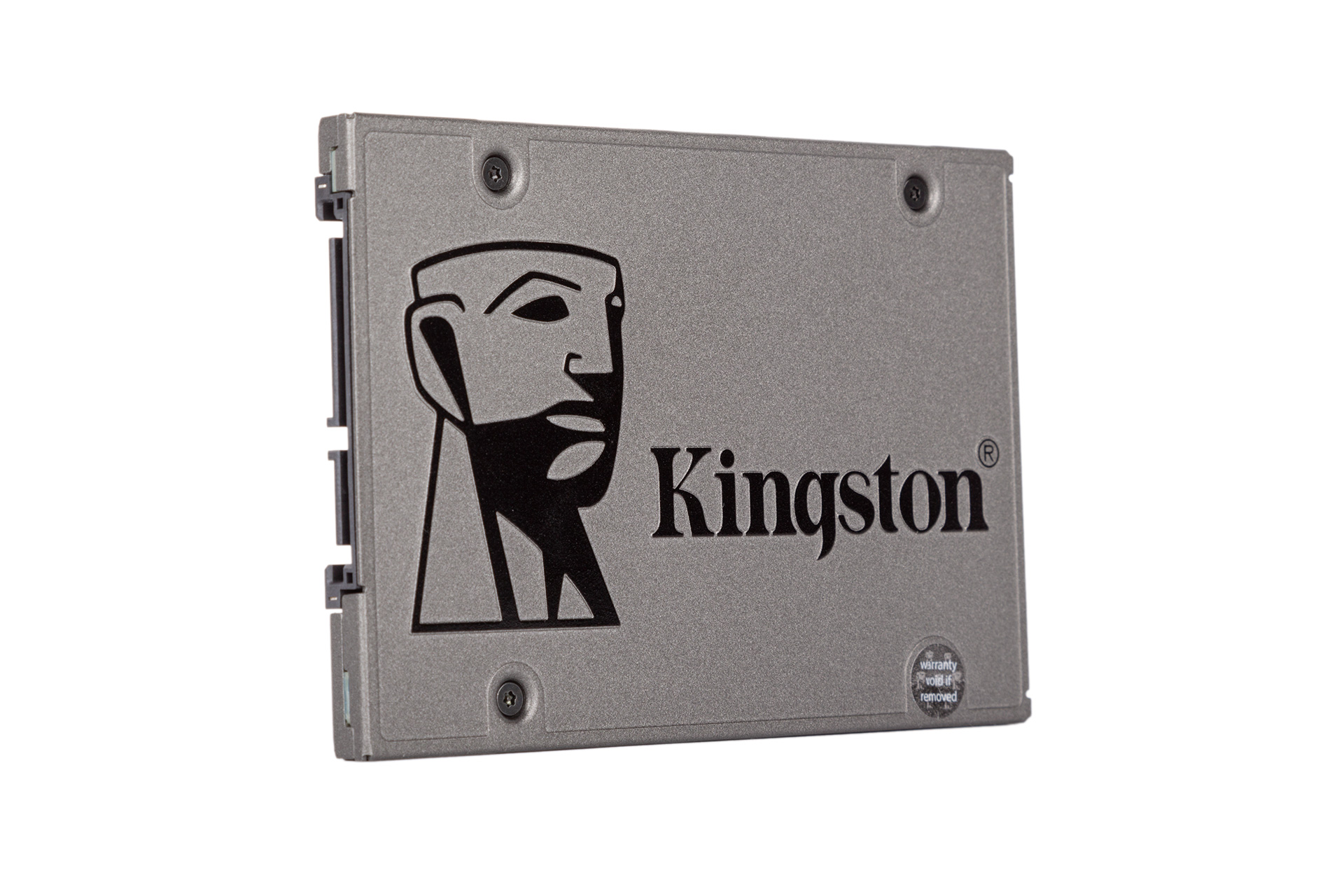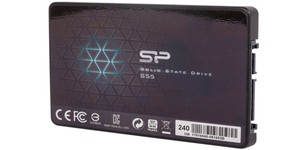
Performance Analysis
The peak performance snapshot that you get from programs like CrystalDiskMark is fine, and doesn’t point to any obvious deficiencies.
The steady-state simulation is a tough test, especially for less expensive SSDs, but the UV500 handles itself respectably. Most people will not be stressing their SSDs to anywhere near this level, but what we can take away is that even after a good few years once the SSD has been written to over and over, performance is likely to remain snappy. Technically, the Crucial MX300 (same controller) does better here, but the differences aren’t meaningful to general consumers that just want a responsive boot drive.

The various bouts of Iometer tests do put the UV500 towards the bottom in most cases, but our graphs contain results from numerous high-end NVMe drives. The main one you want to focus on is the Crucial MX300 525GB, which does still tend to be faster. Most notably, the write tests reveal that the MX300 likely has a larger SLC cache and will thus stay faster for longer when writing dozens of gigabytes at once. The random and mixed workloads do show that this is a value-focussed drive, but still there are no major concerns here.
The real-world storage traces in PCMark 8 show very few differences between any of the SATA-based SSDs. As such, you can expect your games and applications to run roughly as fast as they would with most other decent SSDs.
Conclusion
We said at the start that the UV500 would be a success if its performance wasn’t hampered badly in any one area, and thankfully that’s the case. Being a sub-£100 almost-500GB SSD is a real selling point in and of itself, but with solid performance, good encryption, and a generous five-year warranty, the UV500 really shines. This is the sort of capacity SSD we’d recommend most gamers opt for nowadays, and if you’re seeking a boot SSD with room for a decent selection of AAA games, this is a good purchase, although there’s strong competition from Crucial in this segment as well.


MSI MPG Velox 100R Chassis Review
October 14 2021 | 15:04







Want to comment? Please log in.